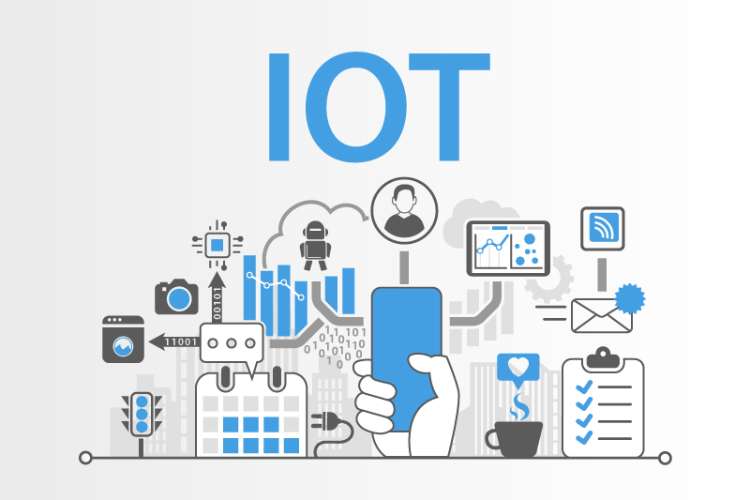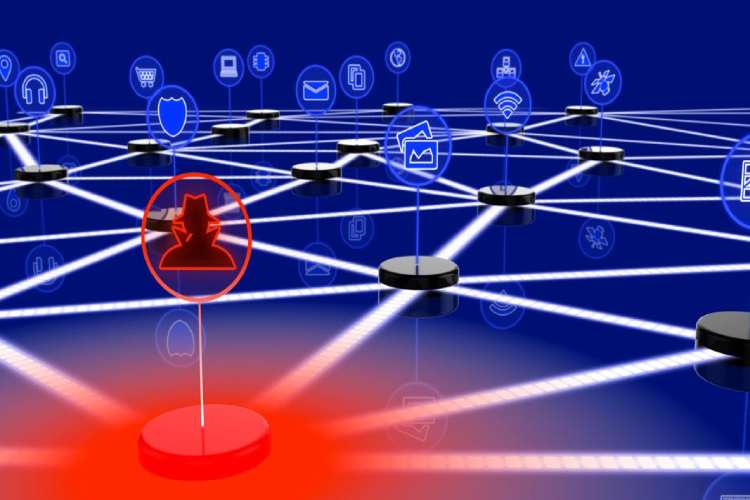These cybercriminals are using unsecured IoT endpoints as their entry points to get hold of classified data and the vast corporate networks
The global risk management platform Asimily, which secures IoT devices for various verticals, has now stated that malware threats are increasing in organizations and they are not being able to secure their connected devices properly. This is because of the fact that utilization of IoT devices is continuing to augment at a rapid scale. The report dubbed ‘IoT Device Security in 2024: The High Cost of Doing Nothing,’ highlighted the current attacking trends, which massively target the IoT infrastructure and also highlights the probable consequences for firms who do not pay attention to these challenges.
The point to be noted is that various other enterprises including manufacturers, medical, and government institutions are now heavily dependent on connected devices so that they can improve customer satisfaction and boost efficiency. But, these connected devices turn out to be a huge target for cyber attackers. These cybercriminals are using unsecured IoT endpoints as their entry points to get hold of classified data and the vast corporate networks.
The report also added that the out of date legacy vulnerabilities is the key behind this problem and 34 of the 39 most used IoT exploits are over three years old on average, according to a report of IoT Tech News. When a device is infected, 75 percent of responsibility is of the routers as they open the gate to the attackers to access the data and network. Similar to routers, the industrial control systems, surveillance cameras, and medical devices are also the most targeted in this ecosystem.
Shankar Somasundaram, CEO of Asimily said that if the energy firms, manufacturers, and the financial institutions do not have proper protections they have a huge risk of IP theft and also operation disruption. Somasundaram said, “The rapid adoption of IoT devices continues to outpace security, leaving major gaps in enterprises’ cyber resilience. Organizations that fail to implement a comprehensive IoT risk management strategy and monitor for vulnerabilities risk significant financial, operational, and reputational damage from inevitable attacks."












